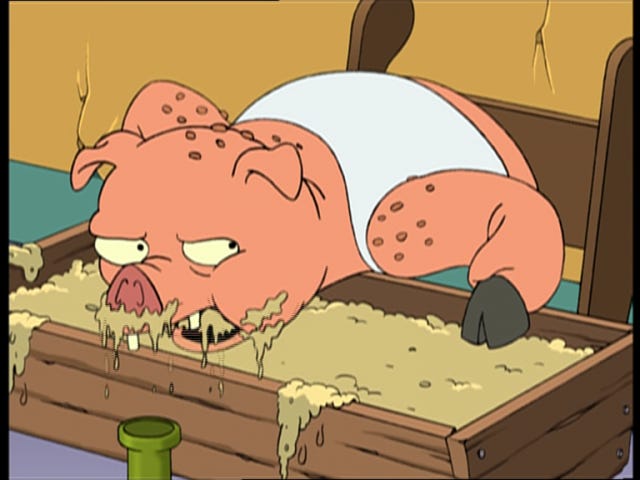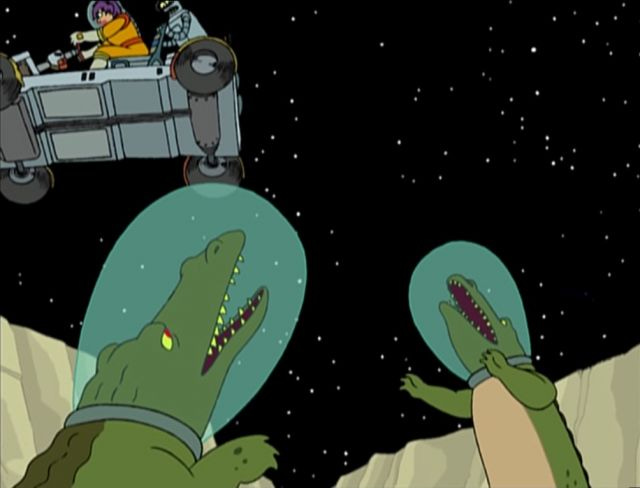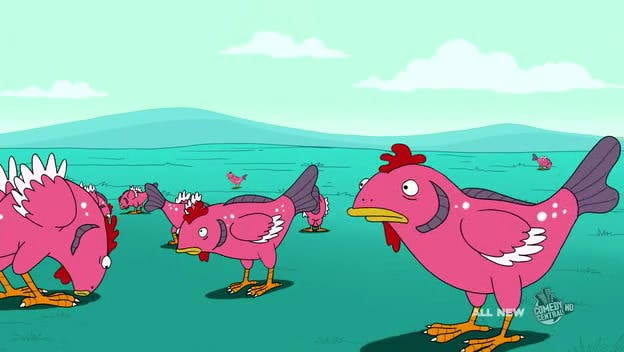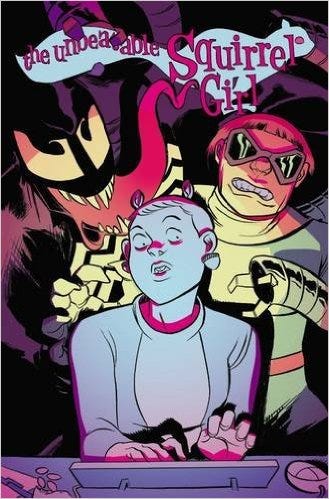So What, Who Cares (vol 3, issue 4) How scientists might be able to track Hawaii's forest cows
Hello!
So a bit of adminstrivia: For reasons I do not understand, Friday's newsletter is caught in an endless "Sending ..." queue. You can read about the widening gulf between young adults and car sales here.
Today's newsletter is brought to you by my visceral loathing of the Burmese Python population explosion in Florida, only with absolutely no pictures of snakes.
*

Scientists are using DNA tests to manage invasive species in Florida. By running DNA samples on skin, hair or scat animals leave behind as they move across land or through water, wildlife management officials can figure out the territory and movements of non-native species, and move to eradicate them as needed. One such hero in the environmental DNA movement (eDNA) is Antoinette “Toni” Piaggio, a molecular ecologist with the United States Department of Agriculture’s National Wildlife Research Center in Fort Collins, Colorado. She works with the USDA's Wildlife Services, tracing and eliminating populations as diverse as the Nile monitor lizard to feral pig colonies. Here's how it works:
In practice, field technicians might use the test to sample puddles and ponds to find out if pigs have recently been in a certain area and to ensure places where pigs have been eradicated remain pig free. In the coming year, eDNA monitoring will complement the agency’s surveillance work, which relies on camera traps, aerial surveys, and human trackers.

Pig population management is a big deal for 47 states, including Hawaii. In addition to its infamous feral pig population, Hawaii is also home to the rare, forest-dwelling feral cow. I am not kidding.
While I'm happy to report that the feral cows have not yet learned how to scale trees (unlike alligators and crocodiles which, WHAT THE HELL, NATURE?), they've adapted beautifully to a new ecosystem:
Modern Hawaiian wild cattle are considered a unique feral breed, slightly smaller than other Hereford cattle, boasting longer legs to tromp through the undergrowth, and thought of as tougher, with wild instincts.

Hawaii is kind of a laboratory for seeing what happens when you introduce several different species to an island, stir well with a hurricane, then sit back to watch the consequences. See also: Kauai's feral chickens, or feral cats infected with Toxoplasma gondii, a protozoan that kills seals in a matter of days.
ANYWAY, the point to all this is that thanks to using eDNA, it's now easier for federal researchers and wildlife management personnel to identify an invasive species, track individuals, and take appropriate measures.
So what? eDNA is just a smarter way to do field work. As the project leads in Canada's Kwakshua Watersheds program explain:
The technique minimizes time and effort required for conventional field methods, as well as associated stress and mortality from unnecessary handling. It has also proven more sensitive for detection at low densities than conventional methods.
Who cares? People who dig hearing about how their tax dollars are used to: help keep poodles from being eaten by Nile monitor lizards/ determine if feral pigs have re-entered an area where they've allegedly been eradicated/ keep an eye on endangered fish species. eDNA is a tool that will help so many wildlife management agencies draw a more accurate picture of the animal populations that we share this world with -- who they are and where they are or are not going.
*

Your pop culture recommendation of the day: I have been reading Ryan North & Erica Henderson's The Unbeatable Squirrel Girl with my daughter -- I do different voices for the characters, okay? -- and it is one of those comic books that should, in a just world, be incredibly popular with everyone. You don't need an exhaustive knowledge of comics to like or appreciate this Marvel title, so don't let that concern put you off. You just need to want to read a book about a college computer science student who is basically what happens if you put Leslie Knope in a blender with a squirrel and O'Reilly Publishing's back catalog, then hit "frappe."
Doreen Green -- the Squirrel Girl herself -- approaches being a superhero with humor, pragmatism and compassion. She prefers to try and solve problems -- directing a planet-eating giant to an uninhabited planet made of nuts, for example -- rather than just hit things. And she's got an awesome friend squad.
Anyway, I recommend you start with The Unbeatable Squirrel Girl Vol. 3: Squirrel, You Really Got Me Now, and if you love it, then move on to The Unbeatable Squirrel Girl Vol. 4: I Kissed a Squirrel and I Liked It. Someone who wants to build understanding between different people and find a solution that works for everyone? That's a hero we can read -- or be.
*
All right! Footer time! If you liked this newsletter, please pass it along to your pals. They can then subscribe here! You can leave me comments and pointers via Twitter (@lschmeiser). And thank you, always, for reading.

